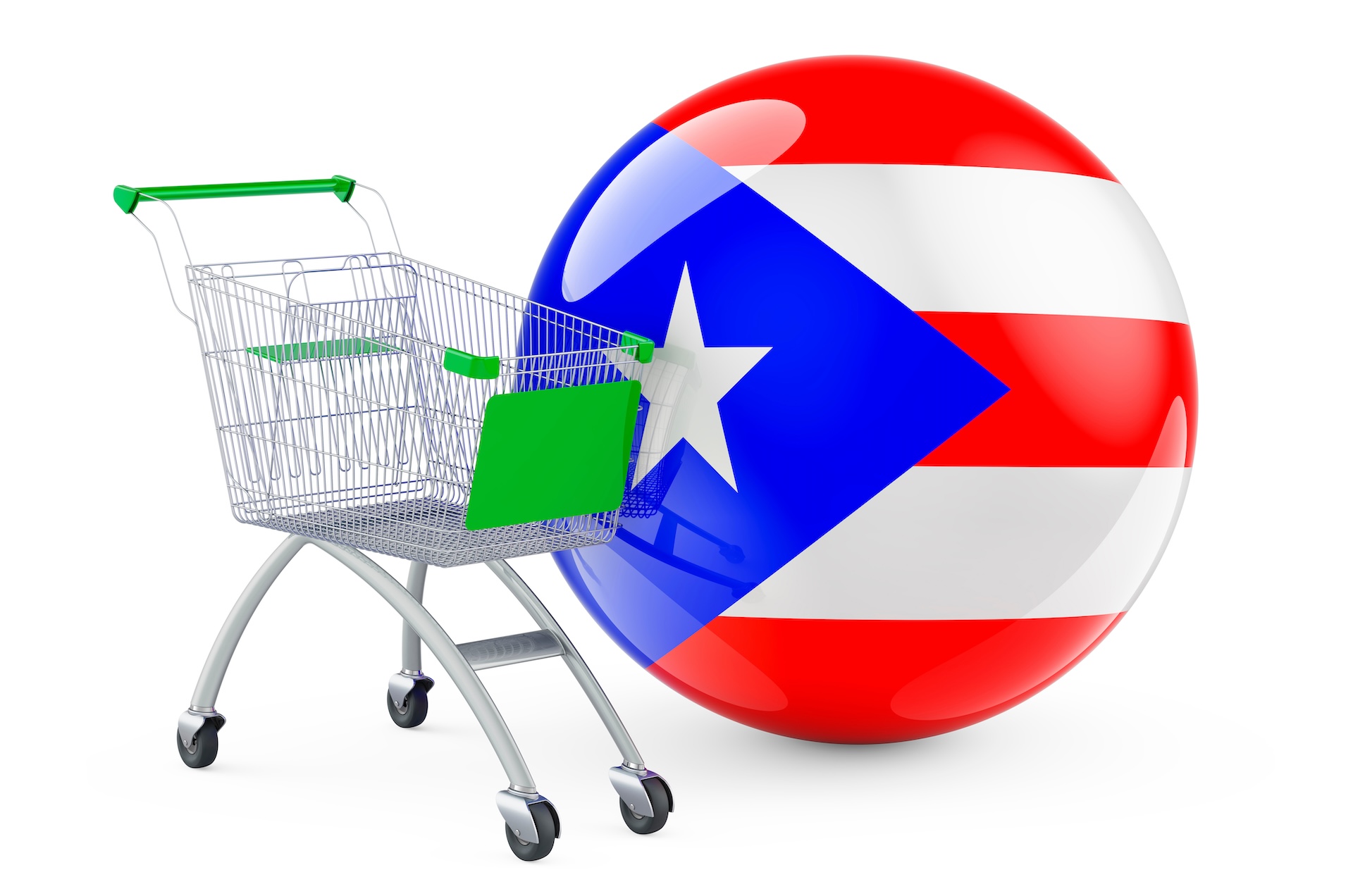One of the most enduring questions concerning the possibility of Puerto Rico statehood is this: Will Puerto Rico’s culture be threatened under statehood?
The threat of assimilation
There are about 3.4 million people living in Puerto Rico at this writing. There are about 5 million people of Puerto Rican heritage living in the 50 states. People from Puerto Rico have lived, studied, and worked in the states — and vice versa — for more than a century. The culture of Puerto Rico has enriched the U.S. throughout that time. The music, dance, food, literature, and visual arts of Puerto Rico are appreciated in the U.S.The popular culture, fine arts, fashion, and sports prowess of Puerto Rico are celebrated across the nation.
Luis Fonsi and Daddy Yankee’s “Despacito” has been streamed 4.6 billion times
The culture of the United States — itself a wonderful amalgam of the cultures of the individual states — has enriched Puerto Rico, too. English is widely spoken in Puerto Rico, including the English loan words that characterize Puerto Rican Spanish. Scholar Don Duchesne-Winter claims that in Puerto Rico “the colonial cultural gap has been gradually bridged, not by hybridization (as it was under Spain), nor by assimilation, but by a convergence between island Puerto Ricans and U.S. Latino cultures in the mainland.” And Puerto Rico has certainly embraced baseball wholeheartedly, as evidenced by the fact that one of the members of the new Puerto Rico Equality Commission is a Baseball Hall of Fame inductee, Ivan “Pudge” Rodriguez.
Pedro Pierluisi, former Resident Commissioner for Puerto Rico, said that the argument that Puerto Rico would lose her culture under statehood was an insult to the people of Puerto Rico. Given that there has historically been a push toward assimilation to the dominant culture in some segments of the U.S., it’s probably also an insult to the United States.
When we look at the years leading up to Hawaii joining the United States as a state, we saw a rising fascination with Hawaiian music, Hawaiian textiles, and Hawaiian foods. When Hawaii was admitted to the Union, the excitement over the new, exotic state crested in the U.S. as a whole. Both tourism and cultural exchange increased dramatically as the ukulele became part of Hawaiian music and surfing became part of beach life in the coastal states.
We can see this more clearly with Hawaii than with states that joined the Union in earlier times (thank you, modern media), but it’s certainly true that each state of the union has its own character, its own arts, its own sports traditions, and its own customs. As Americans, we all have the opportunity to experience, enjoy, and celebrate the culture of other states — without losing our pride and pleasure in our own.
The real threat to Puerto Rico’s culture
At this point, assimilation is not the real threat to Puerto Rico’s culture. The real threat is that Puerto Rico’s population may continue to diminish. The people living in Puerto Rico may be so focused on austerity and survival that cultural pursuits lessen in importance.Or the specter of debt and poverty may overshadow the more positive and accurate image of Puerto Rico’s culture. Puerto Ricans who leave their native island will maintain their culture, but they can be expected to assimilate as well – the concept of the “New Yorkrican” is one such example.
If we really want to preserve Puerto Rico’s culture through the next generation, the best thing to do is to make sure that Puerto Rico is an attractive place for the next generation to live. Continuing on as a territory – with the associated lack of opportunities – is forcing Puerto Ricans to leave Puerto Rico and directly threatening Puerto Rico’s culture.



Pingback: Why Isn't Puerto Rico a State? - GleeTune
Pingback: History.Com: Why Isn't Puerto Rico a State? - BobbyJayTV
Pingback: Why Isn't Puerto Rico a State? - FactsandHistory